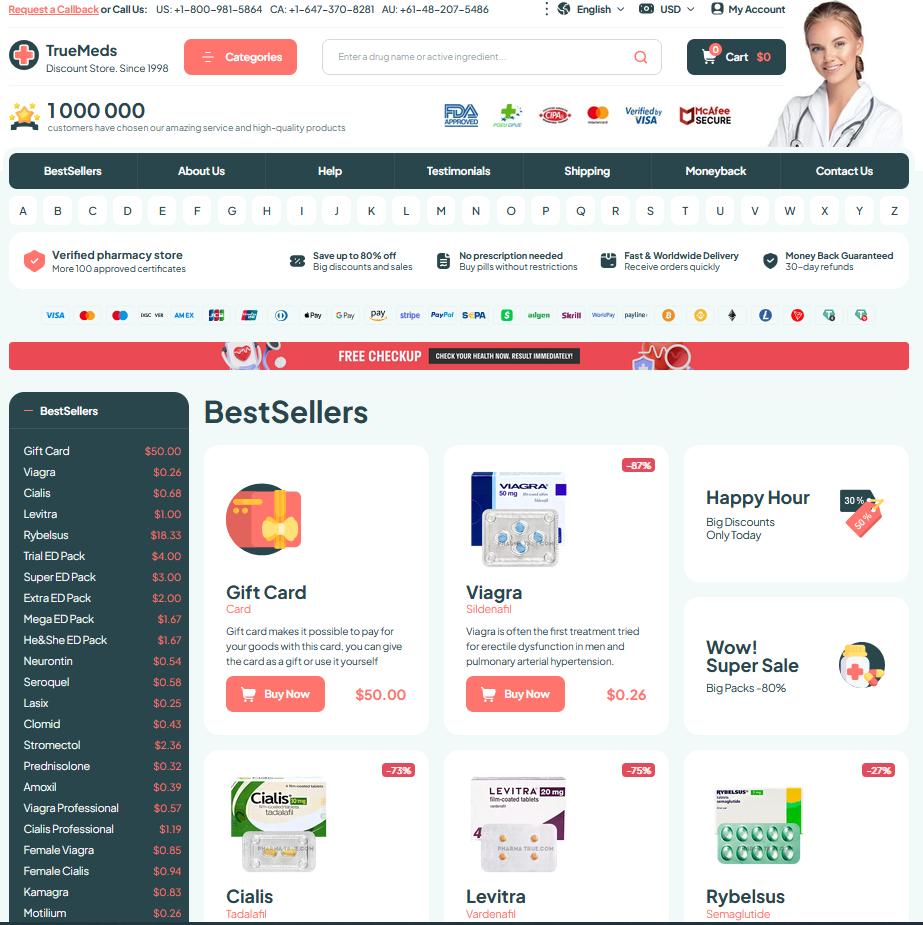Click HERE To Buy Strattera Online ↓
 Strattera Vs Stimulants: Key Differences Explained
Strattera Vs Stimulants: Key Differences Explained
How Strattera Works Differently from Stimulants
Think of attention as a radio signal: one medication gently boosts the background station while others blast the volume. Atomoxetine (brand name) blocks norepinephrine reuptake, gradually raising levels and stabilizing focus without immediate reward-driven spikes. Stimulants increase dopamine and norepinephrine quickly by enhancing release and reuptake inhibition, producing rapid, pronounced effects.
This difference affects side effects, timing, and misuse risk: the non-stimulant path often yields steadier symptom control with slower onset and lower abuse potential, while stimulants can offer faster, stronger relief but carry higher addiction and tolerance concerns generally.
| Type | Primary action |
|---|---|
| Atomoxetine | Norepinephrine reuptake inhibition — gradual increase |
| Stimulants | Increase dopamine/norepinephrine release — rapid effect |
Onset Duration and Daily Management Differences

Morning routines can feel like a laboratory experiment when finding the right ADHD regimen. Unlike fast-acting stimulants that often deliver clear symptom relief within hours, strattera requires patience: steady dosing builds therapeutic levels over days to weeks. That difference shapes how people plan mornings, school schedules, and work tasks, favoring consistency over instant change.
Daily management therefore leans toward steady habits: taking medication at the same time, tracking effects across weeks, and adjusting with clinician guidance. Stimulants may allow flexible dosing tied to immediate needs but can require mid-day doses or concern about sleep. Expect follow-up appointments to monitor response, side effects, and dose changes — the timeline differs, but the goal remains improved functioning.
Side Effect Profiles What to Expect
When considering medications, anticipate different side effect patterns. Stimulants often cause appetite suppression, jitteriness, insomnia, and occasional increases in heart rate or blood pressure; these usually appear quickly and may diminish as the body adjusts. By contrast, strattera’s common reactions — nausea, fatigue, dry mouth, and sexual side effects — develop more gradually and can persist until dosing is optimized. Mood changes or rare liver issues warrant prompt medical attention.
Discussing side effects openly improves outcomes: track weight, sleep, heart rate, blood pressure, mood, and sexual function so clinicians can adjust dose or switch medications. For stimulant effects, dose timing or extended-release formulations often reduce peaks that cause jitteriness or appetite loss. For strattera, gradual titration and monitoring liver enzymes or emergent mood shifts help manage risks. Always report severe chest pain, fainting, suicidal thoughts, or jaundice immediately for safety.
Abuse Potential and Legal Considerations Compared

He remembered the pharmacy counter, watching patients receive pills; stimulants carried a history of misuse, quick highs and strict prescriptions. He felt the weight of regulation and patient stories.
By contrast, strattera is nonstimulant, with lower abuse liability and fewer legal restrictions, though monitoring for side effects and adherence remains important. Prescription logistics and monitoring policies vary by region.
Clinicians balance risk, legal status, and patient history when choosing treatment, documenting decisions carefully and educating families about storage, diversion, and lawful use. Shared decision making reduces legal risk and confusion.
Choosing for Children Versus Adult Treatment
Deciding treatment feels personal; for children, growth, school routine and family dynamics shape choices. Clinicians weigh behavioral strategies alongside medication, and strattera, a non-stimulant option, can appeal when stimulants cause appetite or sleep issues.
Adults often juggle work, relationships and coexisting conditions; they may prefer rapid symptom control from stimulants or steadier action from atomoxetine. Priorities include side effect tolerability, interactions with other drugs and monitoring needs.
With children, regular follow-ups track growth, school reports and family feedback. For adults, self-reporting and workplace functioning guide adjustments. Both benefit from clear goal setting and shared decision making.
Discussing fears about abuse, daily routine and long-term plans helps pick between stimulant risks and strattera’s lower misuse potential. Practical conversations yield tailored plans, monitoring strategies and realistic expectations.
| Age group | Focus |
|---|---|
| Children | growth, school, family monitoring |
| Adults | work, comorbidity, misuse risk shared decision |
Practical Tips for Discussing Options with Clinicians
Start conversations by describing daily challenges and goals honestly; mention sleep, appetite, mood swings, and focus patterns. Narrative examples help clinicians imagine your routine and tailor questions for clarity today.
Ask specific probes about medication history, family responses, and prior side effects. Request trial durations, measurable benchmarks, and a safety plan. Bring a list of current supplements and medical conditions.
Agree on follow-up timing and who adjusts doses; note monitoring steps for blood pressure, heart rate, and mood. Ask about nonstimulant evidence and comparative risks. FDA label MedlinePlus drug info



